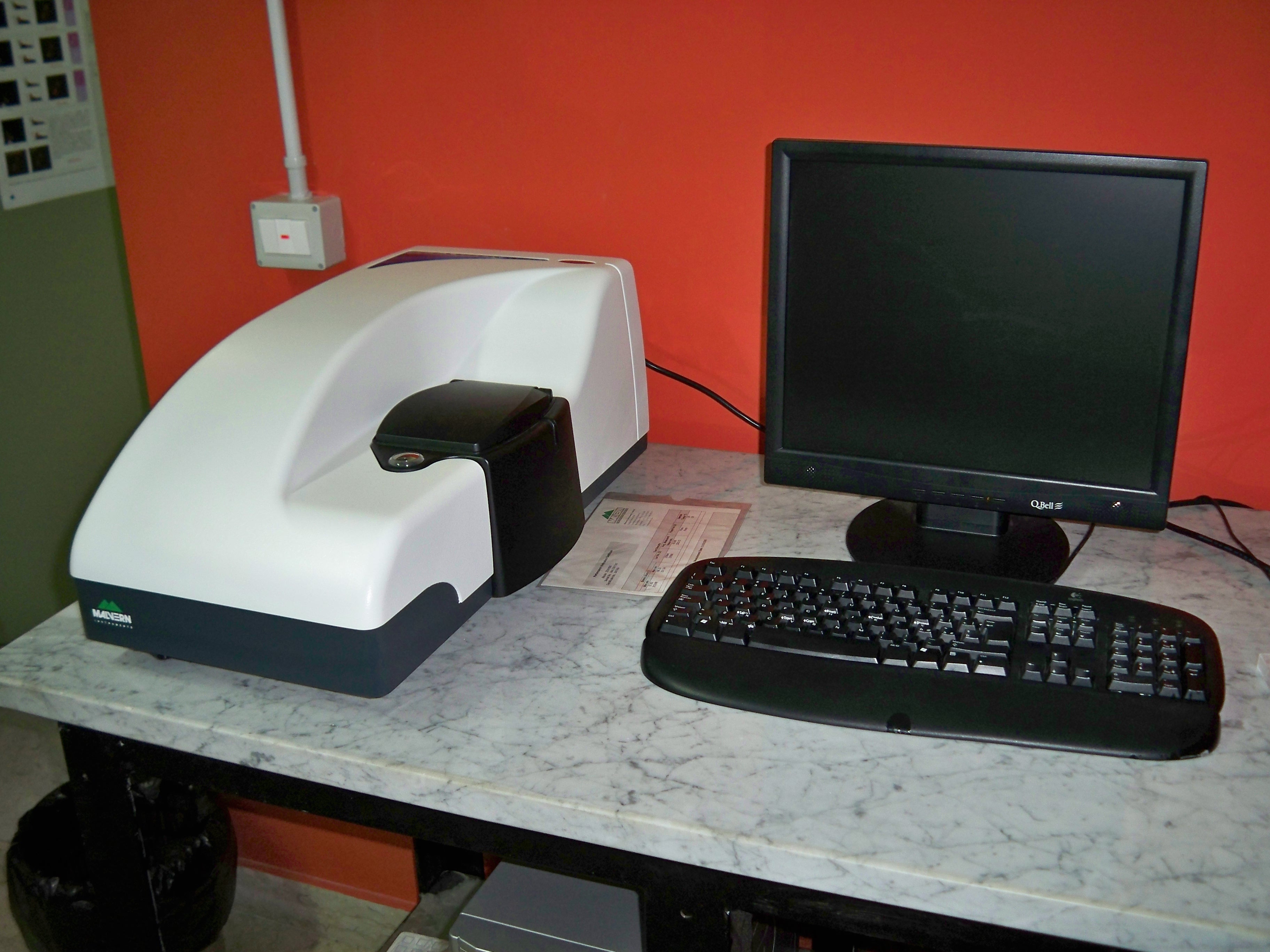Light Scattering
DiFi Laboratory
Laboratory directed by: Prof.
Maurizio Leone
Light scattering technique (LS) provides important information about the structure and the aggregation process of a protein. It makes possible to follow the changes in protein quaternary structure as a function of pH by the diameter size distribution of the particles in solution. In our laboratory it is mainly used for study the evolution of the aggregation process via the kinetics of the scattered light intensity, the Z-average diameter and the diameter size distribution of the particles in solution. The z-average diameter is the weighted mean hydrodynamic size of the ensemble of particles measured by DLS. The time evolution of its value monitors the mean extent of the aggregation process of the protein solution at different experimental conditions (effect of pH, temperature, glycation, presence of metal ions, etc.). In experimental conditions leading to the protein aggregation, changes in Z-average diameter indicate that the aggregation results in an increase of the mean dimension of the aggregates. Moreover, LS enables us to determine the melting point of the protein, defined as the temperature at which thermal denaturation occurs. The main technical features of the instrument are reported below.
|
Light
Scattering Setup - Malvern Zetasizer
|
|
